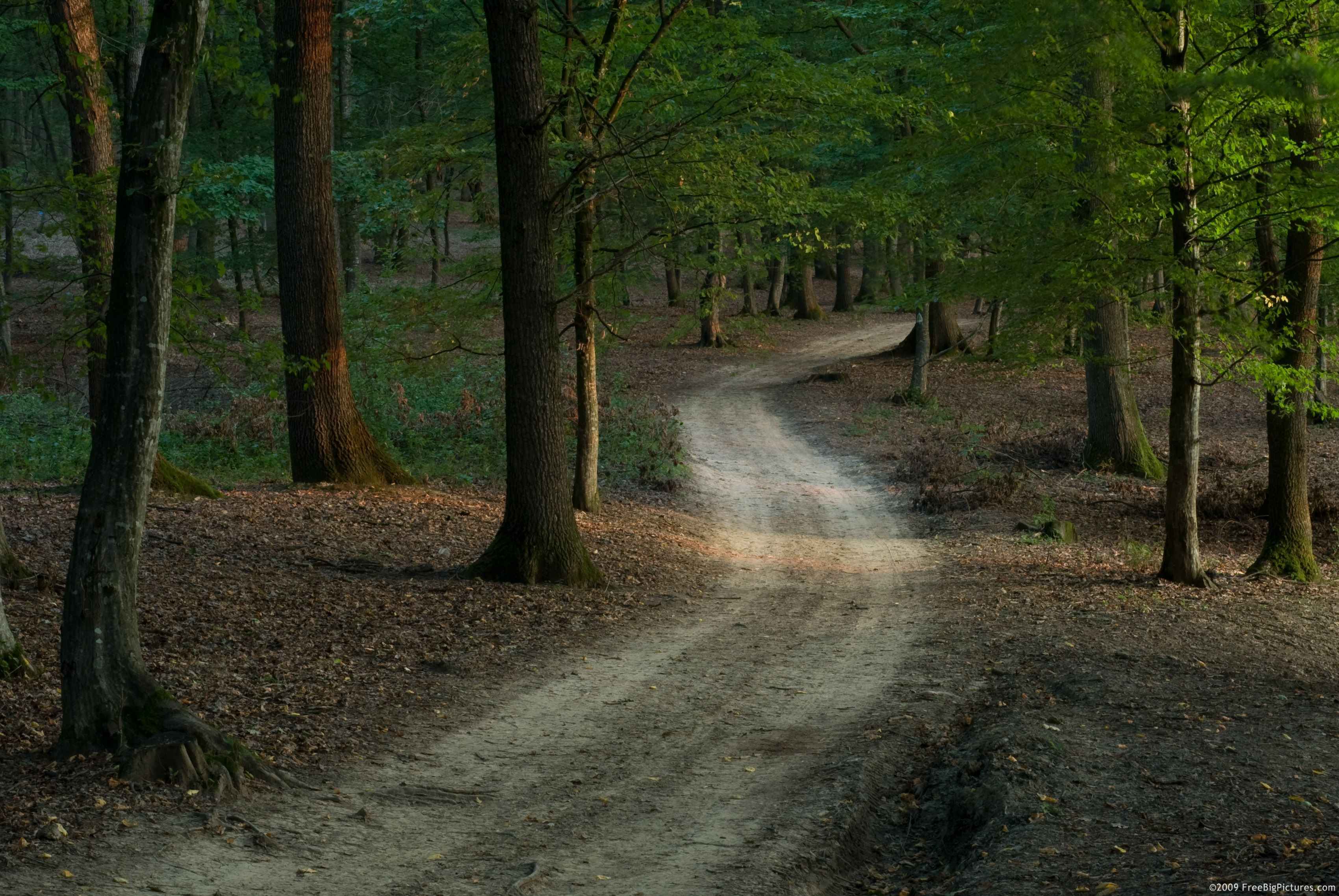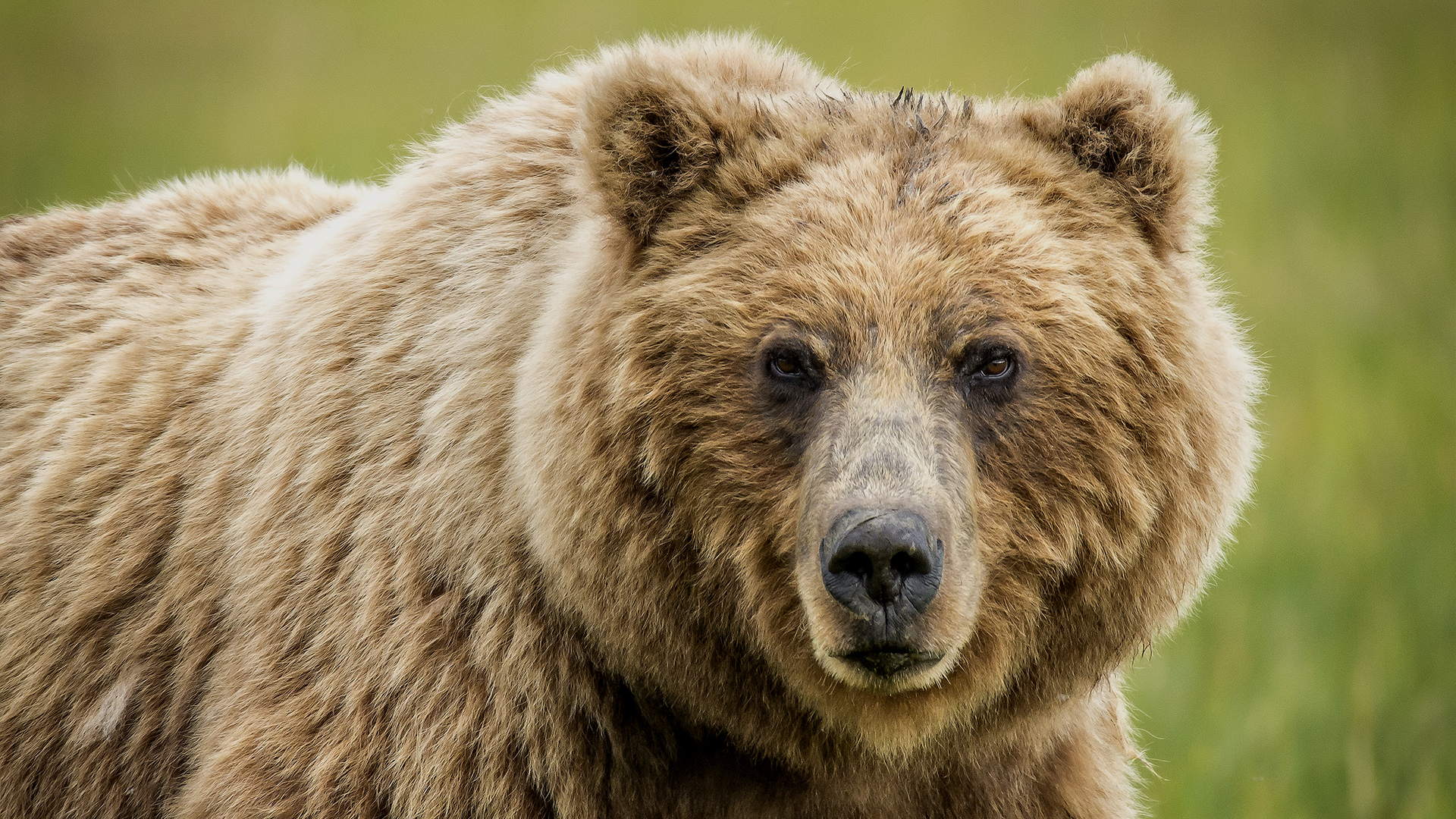“Soft Paths” principles from the NOLS book…
Rules vs. Judgement
As T.A.L.O.N.S. students, we’ve been taught about caring for the land since the beginning of the year. What we haven’t been given a strict list of rules to follow whenever we go out on a trip. The NOLS Soft Paths book says that they don’t believe a rule book should be written. They believe that one should tap into the preexisting love and care of those who spend time in the backcountry, and use that to promote awareness of a person’s impact on the land. Our teachers have educated us on the little ways we can make a difference to the land, spreading awareness and keeping in mind our impact on the outdoors. Rules followed blindly wouldn’t change how people perceived the backcountry. It would merely modify their physical impact on nature, which at this point isn’t enough. Having the good judgement that T.A.L.O.N.S. promotes in us supersedes rules. We’re given what we need to make decisions ourselves, that will help us know what our impact on the land is and will help us improve it.

Clothing Matters
When you’re in the backcountry, what you wear does matter. Shoe type varies depending on the terrain, and clothing can change due to expected temperatures of wherever you are. It’s important to plan your clothes (and backup clothes) so that your trip isn’t impacted by something like wearing the incorrect shoe. Because of this, we T.A.L.O.N.S. students will be able to properly plan our clothing for our trips based off of where we’re going, so that our experience on the trip can be its best.
Spread The Impact
It’s human nature to follow what’s popular. When it comes to trails and outdoor sites to spend time in the backcountry, the same can be said. Huge expanses of wilderness are impacted in concentrated pieces. Whichever area is most well known, be it for it’s scenery or abundance of activity possibilities, is the area that would be the most affected by people. Knowing this, we as students who spend time in the backcountry can, when possible, spread our impact on nature to other areas. On our Adventure Trips, keeping this in mind will help us plan our activities somewhere where our impact will be at its minimum.

Stick To The Trail
Trails were made for a reason. Leaving the trail could cause you to walk into areas you weren’t supposed to go, or you could get lost. Which is why it’s important to stick to the trail. Knowing this for our Adventure Trips would allow us to enjoy the trail created whilst staying safe and on course.
Don’t Make Your Own Path
When you’re in the backcountry, don’t take shortcuts. A path was made to be followed, not as a guideline. Creating your own path through the wilderness causes a negative spread of impact on the land. Not making our own path is a small way that our group can help regulate the use of the backcountry.
Don’t Seek Out Wildlife
Animals living out in the wilderness don’t need to see people. When we go on our trips, we don’t need to seek them out. Interactions like that could negatively impact them, causing them stress or making them feel threatened. Leaving wildlife to their business and sticking to ours will help them continue with their lives and help our trip run smoothly.

Don’t Treat Wildlife As You Would A Pet
Animals in the wild aren’t like our pets. They aren’t used to people, and us being near them could interrupt their usual lifestyles. Trying to pet or feed wildlife is a bad idea. Not only is it dangerous for us, but if the wildlife becomes reliant or too comfortable around people that could put them in danger too. It’s on the more basic spectrum of backcountry knowledge, but that makes it no less important. If we see wildlife on our trip, we will know to observe it from afar and to not try to tame it. While the idea might seem appealing at the time, it’s ultimately a negative interaction for both parties.
Irreplaceable Energy
If wildlife runs from us when they see us, that would cause them to use energy that they wouldn’t be able to get back quickly enough. It could impact them negatively, because energy saving could mean life or death for an animal in the wild. This would prove to be further motive for us to avoid animals when on our trips.
Don’t Leave Food Out At Your Campsite
We’ve all heard before to not leave food out at your campsite. It attracts wildlife, and that’s not something we want. It’s a common mistake, but being aware of this before our Adventure Trips would help us ensure that all our food is kept tucked away somewhere safe while we’re in the backcountry.
Avoid Bears When Possible
Bears are common where we live, that’s a fact. Avoiding them, and knowing how to, is useful safety information for us when we go on our trips. It would keep us safe and aware of bears, and it would help the bears continue with their lives away from us.

Know Your Surroundings
Having at least basic knowledge on the surroundings of your campsite is important so that you know how you can operate around the area. It would help you plan activities, and help you organize your campsite. If we know what’s surrounding us on our trips we would be able to limit our impact on it, thus making the collective trip safer and helping us plan in a way that would be good for us and our surroundings.
Pick a Campsite Location Carefully
Your campsite location is one of the most important parts to camping. Knowing your proximity to roads, water sources, etc. is really important when you’re in the backcountry. Where you’re sleeping, where your kitchen area will be, where you’ll be disposing of your waste are all things to know when you’re picking a campsite. Having this knowledge in the back of our minds to help us pick a campsite would ensure we find one perfect for us and for our trip.
Know When A Campfire is Appropriate
Sometimes there are fire bans. Sometimes the ground might be flammable, so a fire would be a hazard. Fire building isn’t always appropriate, so knowing the rules and terrain of where you’re camping is important. As T.A.L.O.N.S. students we want to respect the wilderness, and knowing the appropriate circumstances to build one would help us enjoy the experience of a campfire while at the same time, keeping the backcountry in mind. We’d know when we should or shouldn’t build a fire, and we’ll know where we should or shouldn’t build a fire.

Effects of a Campfire
Campfires leave their mark on the spot where they were made. A blackened ring, some burnt areas on the ground… The trees needed to make a fire are continuously cut down to provide fuel, which impacts the forests. Knowing this gives us on the trip a level of awareness, helping us keep in mind another effect that we have on the environment.
Dispose of Waste Properly
When you’re disposing of waste in the backcountry, its important to do so properly. Not doing it near a river because of a contamination possibility for example, or ensuring that your waste is somewhere inaccessible for animals are important so that your waste doesn’t affect the wilderness around you. If we know what’s considered proper or improper waste disposal, we will be able to deal with our waste effectively whilst keeping the environment unimpacted by it.
Find Alternatives to Waste When Possible
When you’re in the backcountry, it’s always best to use alternatives to what you usually waste in your every day life. For example, using reusable cutlery over plastic items would help reduce the waste you bring to the backcountry. With this T.A.L.O.N.S. students would be able to plan what they wish to pack on their trips, while at the same time reducing what waste they carry by using alternatives.

Pack Out
Whatever waste you pack in doesn’t have to be left wherever you went camping. Sometimes packing it out and disposing of it at home is the better option, because it has less of a chance of impacting the environment when it can be dealt with properly. If we’re unable to dispose of our waste on our trip, or if there’s anything else we believe shouldn’t stay in the wilderness (ex. litter found) we know we can pack it out.
Using Rivers
Swimming in a river, or disposing waste in a river, might seem like a good idea. However that pollutes it, affecting how it can help plants or wildlife or even other campers. But rivers don’t have to be completely avoided. They’re a great source for water, and make nice scenery. On our trips we would know the suitable uses for a river, so we’d be able to enjoy them while still leaving them to be enjoyed by others.
Disposing Of Water
It’s a common misconception that cooking or cleaning water can be dumped anywhere. Cooking water when discarded carelessly could attract wildlife because of minor food particles. That is why, when discarding it, you should remove the food particles and pack them out before disposing your water. Knowing this we will now be able to dispose of our water properly when we are on our trips, something that seems insignificant but in the long run it truly does effect the backcountry.
Clean Up Everything
When you’re leaving your campsite, clean up after yourself. Burnt firewood, waste, it should all be either packed out or properly disposed of. Anything from nature, for example unburnt firewood, should stay in nature. Your campsite should look like it was never used after you leave, with no litter or anything else that should’ve been dealt with. On our Adventure Trips we’ll be able to properly clean our site after our stay, so the impact we leave will be minimized as much as possible.
~
Principles from the “Soft Paths” book will ultimately help us with our awareness of our impact on the outdoors when we’re on our Adventure Trips. Knowledge of these principles would help us plan and execute some better ways to enjoy the environment ourselves, but preserve it at the same time for others.